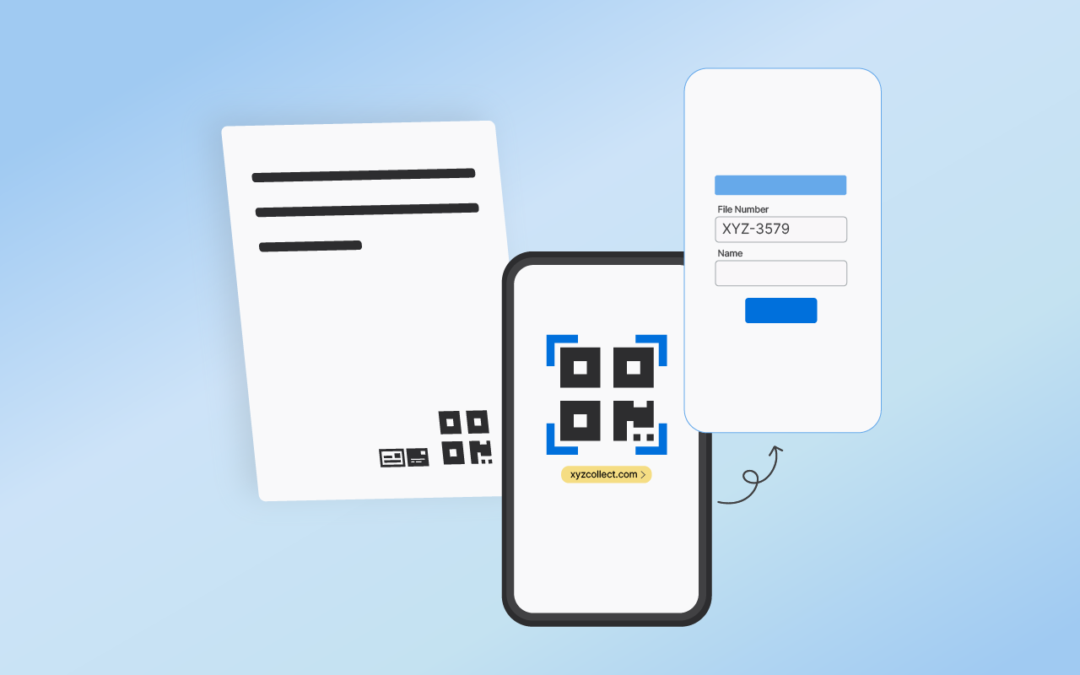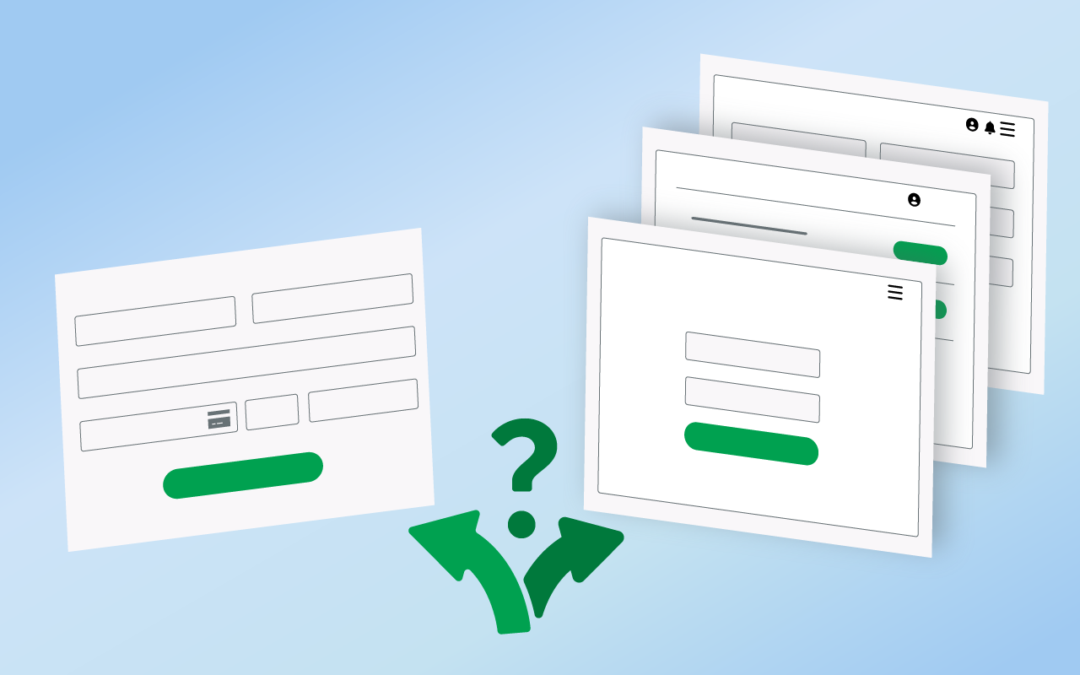You can now offer another layer of defense to protect sensitive consumer information by adding Multi-Factor Authentication to your Portal. Enabling MFA significantly reduces the risk of unauthorized account access, allowing your firm to meet regulatory and client security requirements.
With MFA, the consumer login process combines something the consumer knows, like their password, with something they have (a unique code) to create a robust barrier against unauthorized access.
Consumers can choose the authorization method most convenient for them: app or email code. For added convenience, each consumer is provided 10 one-time use codes in case they can’t access their normal authorization method.
Offer Multi-Factor Authentication as an optional setting or require it for all consumers for the highest level of security on all accounts. 🔒
Portal MFA FAQ
Which authentication methods does my Portal offer?
All users have a password as their first authentication method. For the second method, they can opt for app or email authentication.
App authentication allows consumers to link their account to an authentication app, like Google Authenticator. The app periodically generates a one-time password (OTP) that the consumer can enter to login.
Email authentication sends an email containing a OTP to the consumer at login. The email is sent to the email address the consumer used to create their account.
What if the consumer doesn’t have access to their app?
During the MFA setup process, we provide consumers with a set of unique backup codes. The consumer can use one of these backup codes to login to their account.
How can I help a consumer who’s having trouble logging in?
Have the consumer check their email or app for their verification code.
If the consumer is using an app, they must enter the authentication code before it expires.
If the consumer is using email authentication, they must enter the two-letter code in addition to the six digit code.
Can I turn off MFA for a consumer?
We can disable MFA for a consumer who requests to have it disabled, for example, if they’re having trouble logging in. The consumer can opt to re-enable MFA once they’re logged in.




